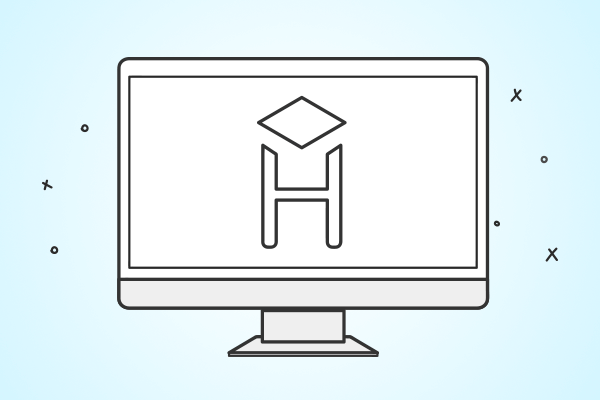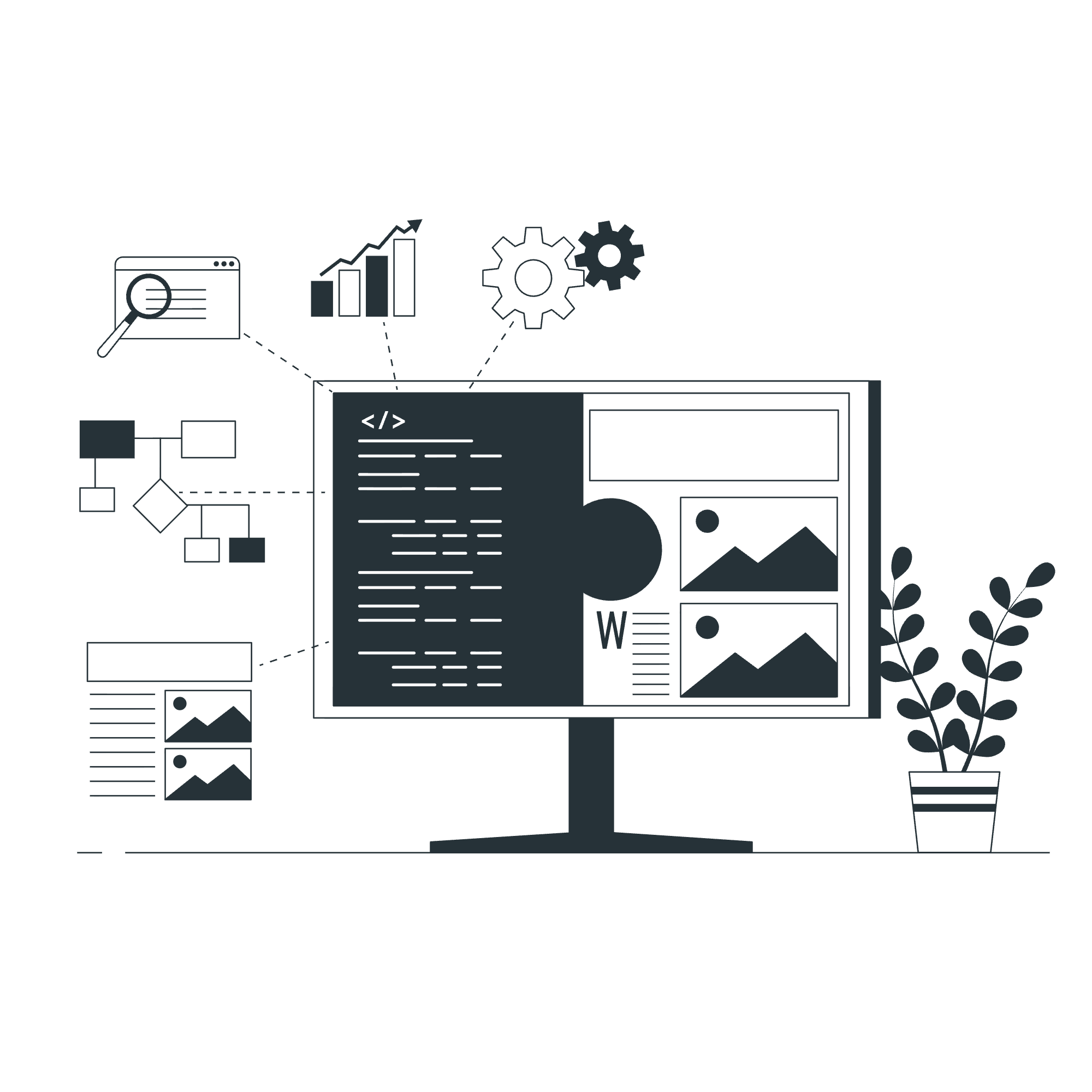Course “JS: Object oriented design”
Course updated on April 29, 2025
Access this and all courses with a subscription
What's included
Description
Designing object-oriented code is a complex story with many nuances. In this course we will look at the basic principles of OO code design and get acquainted with popular libraries implemented in this style.
You will learn
- Properly write and structure code in class languages.
- Understand how to configure code depending on the task.
- Create user-friendly object interfaces for your subject area.
Syllabus
1 | About Learn about the course, its structure, tasks and goals. |
2 | Design Patterns Learn how to solve typical problems in programming |
3 | Configuration Learn one of the basic principles of class design |
4 | Mutable configuration Learn how to correctly override the base configuration without creating dangerous situations |
5 | Entity Objects, Value Objects, and Embedded Objects Learn basic principles of organizing objects that describe the subject area |
6 | Fluent Interface Learn how to create a fluid interface |
7 | Builders Learn phased assembly of complex objects using composition and a fluid interface |
8 | Proxy Learn about the Proxy object, which can change the behavior of the object without changing the object code. |
9 | Code correctly Learn how to properly structure a program in OOP stylе |
Challenges
1 | Special object |
2 | Lazy collections |
3 | Range of dates |
4 | War |
Recommended programs

- Run code right in the browser
- Lifetime access
- Learn at your own pace
Access this and all courses with a subscription

